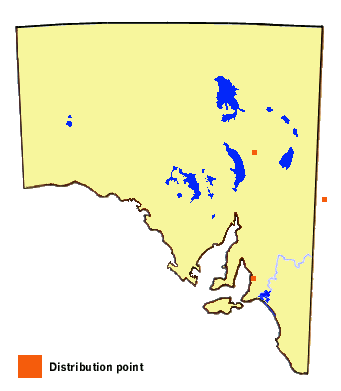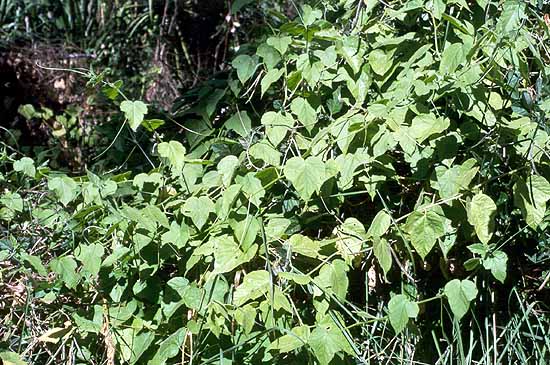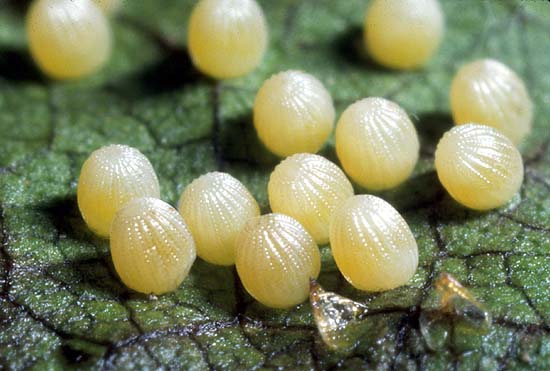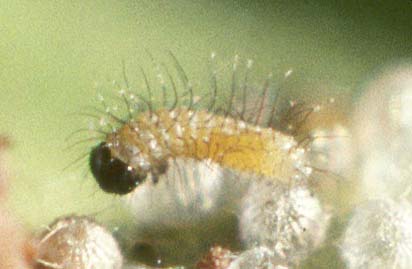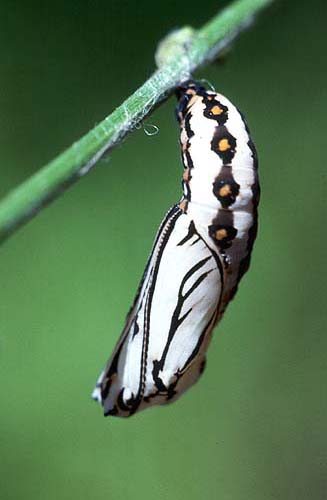Glasswing
Acraea andromacha andromacha (Fabricius)
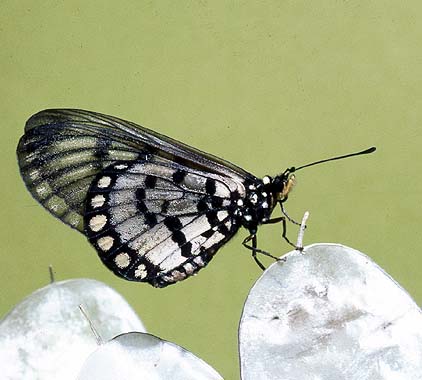
Interesting Aspects
This is an unusual butterfly in which the forewings are transparent like glass, hence the common name. It has a slow graceful gliding flight, but if disturbed can make off with great speed. The slow flight is typical for poisonous species of butterflies that gives predatory birds sufficient time for recognition. The butterfly is readily visible in flight. Males are often seen hill topping. Both sexes are easily approached during normal flight.
The entire life history of this butterfly is poisonous. Its passion-vine hostplants contain poisons which the larva of the glasswing is able to assimilate and retain in its body as a protection against vertebrate predation. These poisons are cyanogenic glycosides, which release hydrocyanic acid when ingested. The poisons are passed on to the pupa and the adult butterfly. The latter can further top up its poisons by imbibing (sucking and assimilating) the sap and surface exudates from from other poisonous plants. The cardiac glycoside poisons are passed onto the eggs by the female to complete the cycle. These poisons are usually in sufficient concentrations to only sicken the vertebrate predators, so that they can both learn from the experience and pass on the knowledge. They are not meant to cause death as this would likely result in larger numbers of the butterfly being killed.
The butterfly belongs to a subfamily group within which most of the included butterflies and their early stages are poisonous, providing models for mimic butterflies. The early stages have characteristic shapes. The adult butterflies usually have bright wing colours. Members of the Acraea generic group are well developed in Africa, from where the single Australian species probably had its evolutionary origin. They are closely related to the Heliconiids in the Americas.
